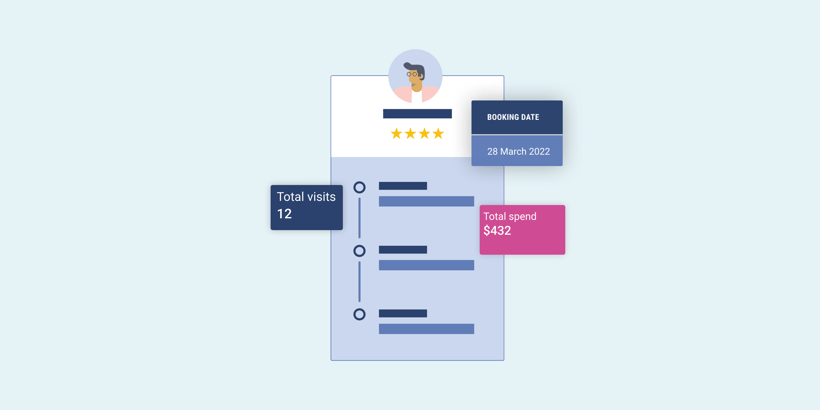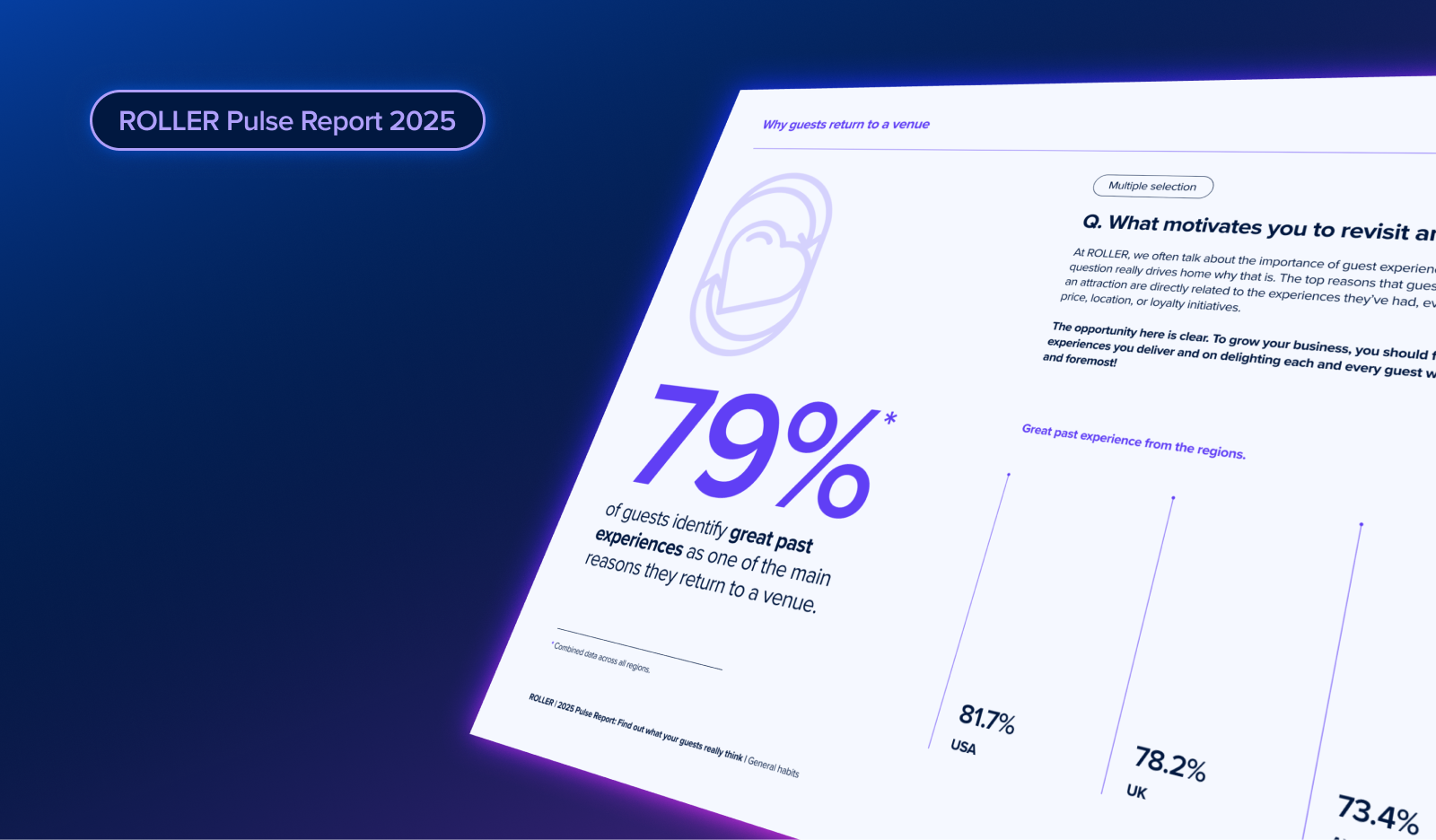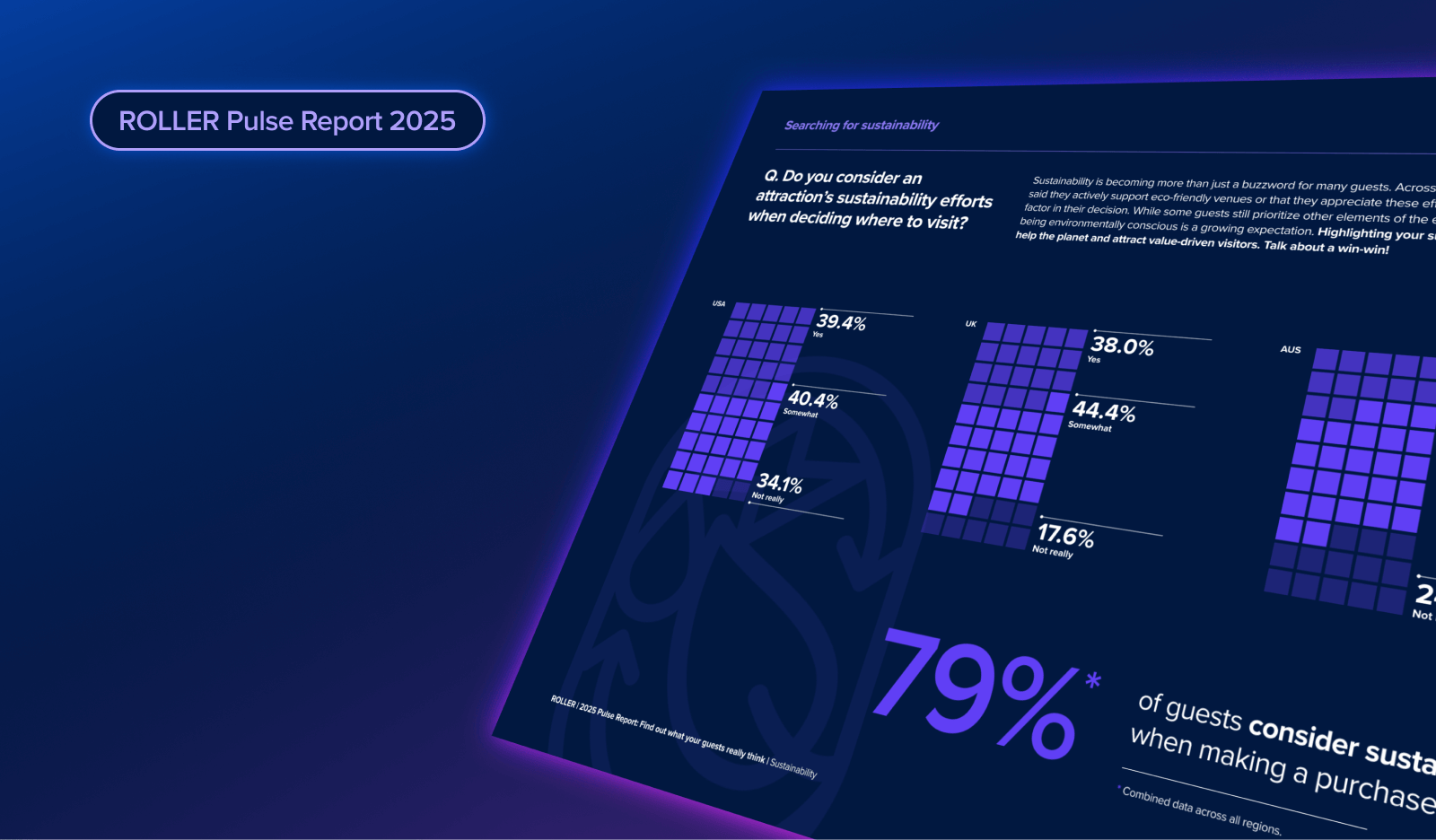How does booking data help give context to guest feedback?

Surveying your guests can be a highly effective way to gain the necessary intelligence that allows you to improve your business, recognize staff for positive performance, and build stronger relationships with your guests that lead to advocacy and loyalty. The data that you gain informs you of customer satisfaction, highlights the top priorities in need of improvement, and indicates how likely your guests are to recommend your venue to friends and family.
However, despite the wealth of all this data, there are usually still gaps in the information that, when filled, can significantly amplify the insights you can learn and the actions you can take. These gaps are often attributed to lacking critical data captured through booking. When you merge the survey data with the booking data, it explains why the surveys yielded specific results.
Here are four critical areas of data that must be captured at the point of booking that offer context for survey data.
Date of visit
Knowing the specific day that a customer's feedback relates to is critical to gaining insight as to what may have caused a disruption in the guests’ experience. The date that aligns with each survey response is extremely valuable to understanding the data and recognizing what action to take. Was it raining? Was it crowded? Was it a peak day or an offpeak day? Were you adequately staffed? Who was working that day?
Time of visit
Like the date of the visit, knowing specifically when the feedback relates to adds necessary context to understand what your data is telling you. Did the guest visit during the morning shift or afternoon shift? Did they arrive right at open or come closer to closing? Without knowing when the guest visited, you must assume that any potential issues impact your operation across the board. In contrast, it may be unique to specific employees or leaders who work designated shifts.
Number of guests in the party
Are your guests visiting individually, in pairs, as a family, or as a large group or birthday party? The size of the group is necessary to understand elements of the experience that appear in survey data. A guest visiting by themselves has entirely different needs than parents hosting a birthday party of their child, and therefore the results that appear in survey results are relative to the structure of their group and must be acknowledged.
Guests’ ages and demographics
The more information you have about your guests, the better. A family with three children is likely to have a different perception of their experience than a couple without children. That difference in perception needs to be acknowledged because you cannot assume that guest feedback aligns across the board. By layering in ages and demographics, you gain the required context that allows you to serve guests in ways that fit them best rather than implement a one-size-fits-all approach.
While most survey tools do not incorporate booking data, the good news is fortunately ROLLER’s GX Score is built to solve this exact issue. You no longer need to be left in the dark with the necessary data, make guesses and assumptions to attempt to fill in the gaps, nor do you need to ask guests directly for information that you should already have. The GX Score has everything you need to collect, analyze, and action guest feedback, and is seamlessly integrated with all the data that guests provided while booking.
Related articles

.png)
What the 2025 Pulse Report Reveals About Guest Booking Behavior at Attractions

2025 Pulse Report: How Sustainability Is Shaping Guest Expectations
Enhance your guest experience
Get free education, tips and inspiration to help you run a successful venue.